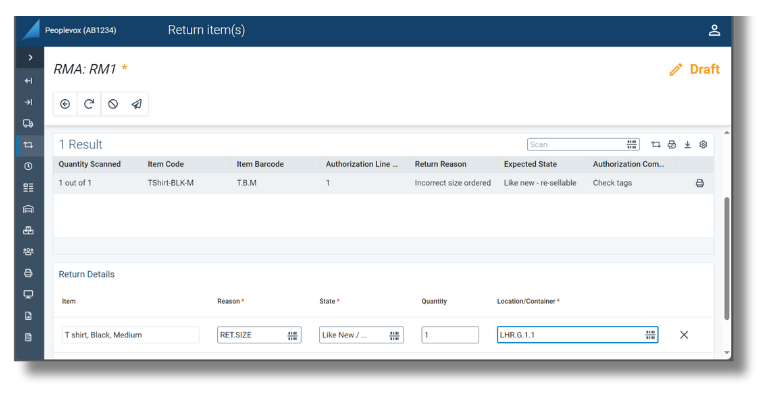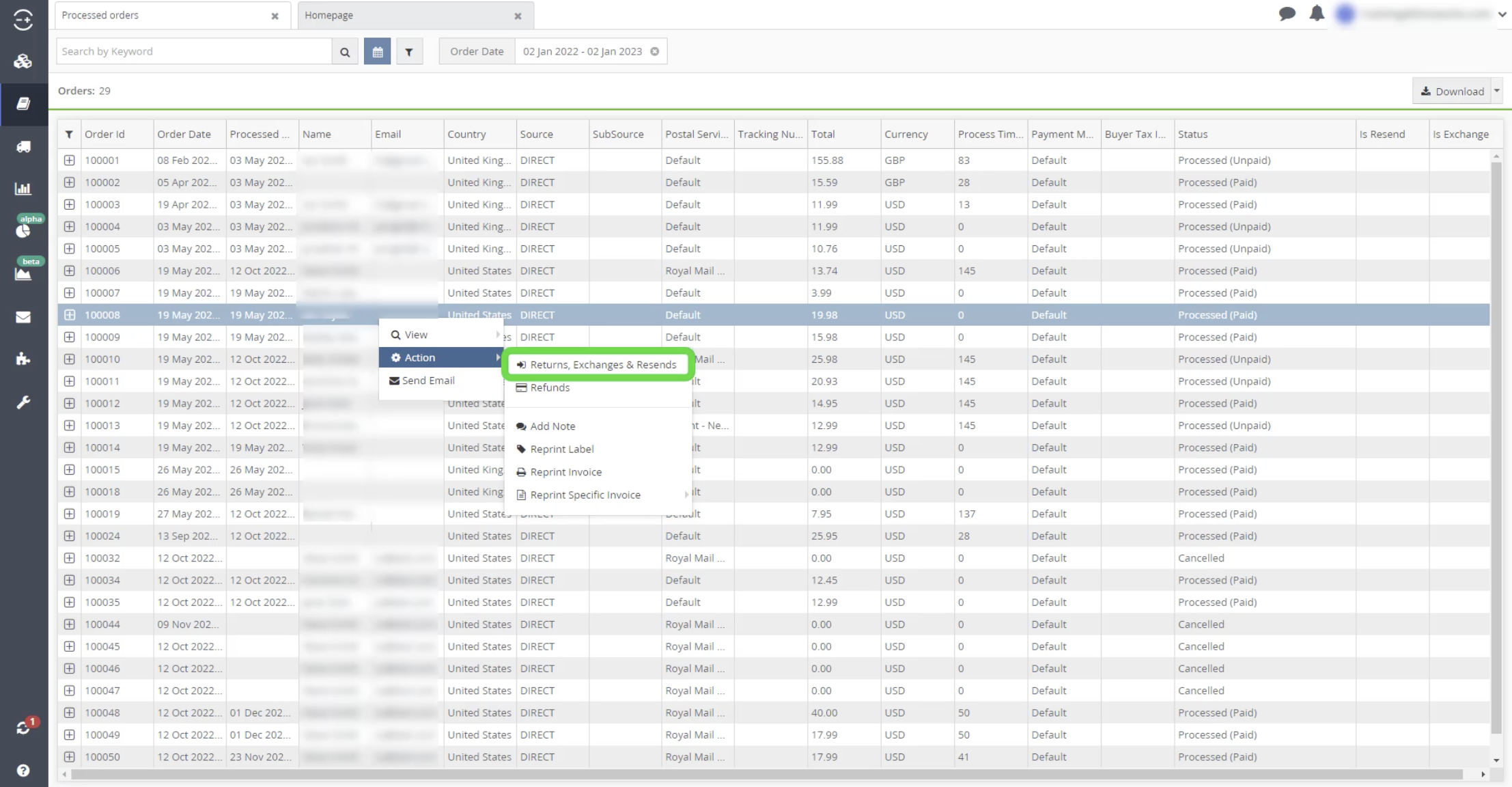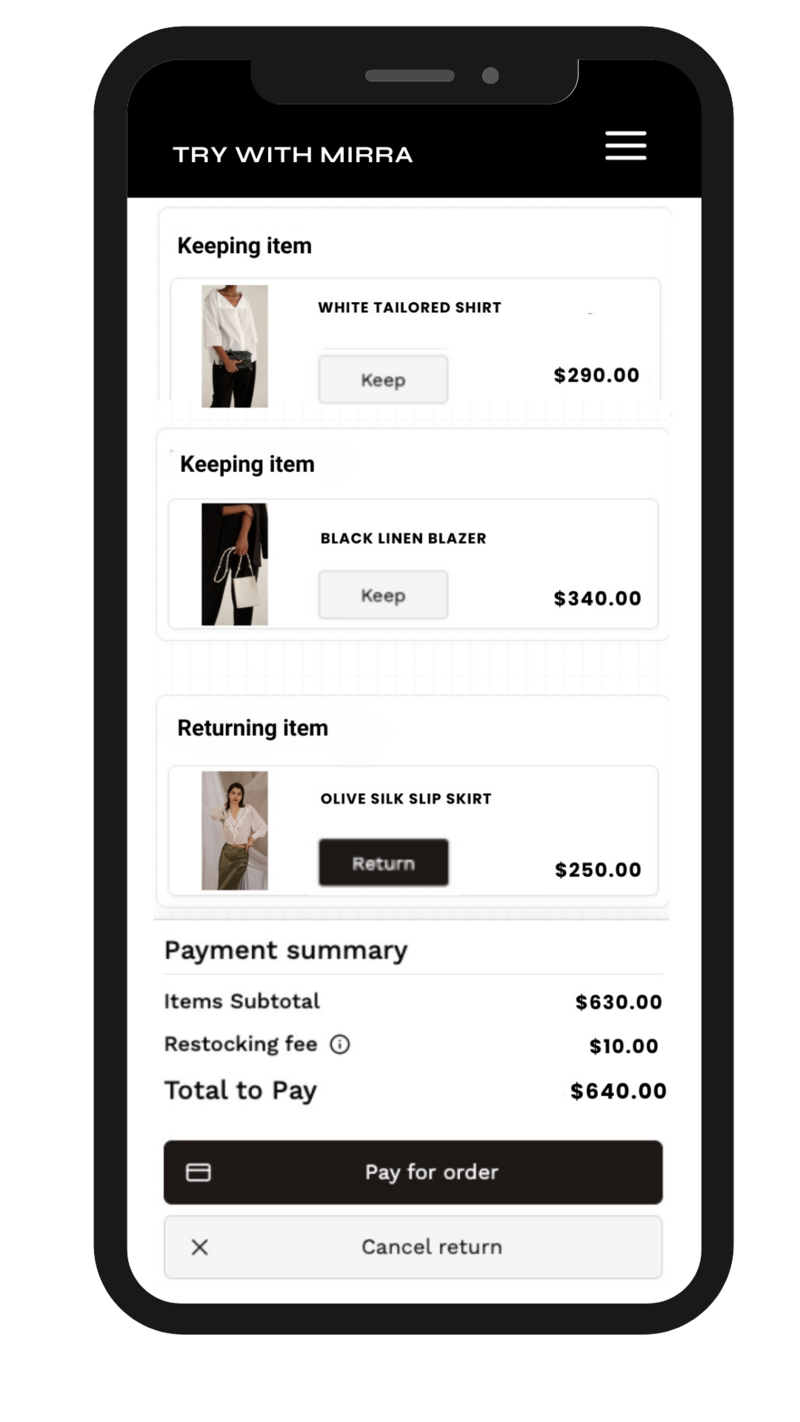Ecommerce Returns Management: How to Protect Your Time, Retain Revenue & Improve Customer Experience
Sean Clanchy, MD of Swanky Australia, shares strategies for successfully managing ecommerce returns and ensuring a seamless experience for both retailers and customers.
Written By
Sean Clanchy

How retailers manage ecommerce returns can have a significant impact on relationships, reputation and revenue.
A well-managed returns process – one that is smooth and efficient – not only saves time, but also safeguards and drives revenue by nurturing customer loyalty and encouraging repeat purchases.
On the other hand, a disorganised returns system can lead to dissatisfied customers, overwhelmed customer service teams, increased operational costs and, ultimately, lost revenue.
By prioritising effective ecommerce returns management, retailers can transform traditionally costly returns into a competitive advantage – helping them to differentiate themselves in the crowded online shopping space.
This article will provide practical advice for doing just this, walking you through how to successfully manage ecommerce returns. It will focus on strategies and tech that will protect your team’s time, retain revenue that would otherwise be lost to refunds, and improve the customer experience. It also includes recommendations for how to reduce returns in the first place, with a nod to three popular solutions in the Shopify ecosystem.
Whilst this advice is applicable all year round for retailers, it is particularly pertinent for those looking to improve ecommerce returns management after a peak season shopping rush. This is when return rates are typically at their highest, and when processes can quickly become overwhelmed.
Strategies for effective ecommerce returns management
1. Provide instant refunds to prompt immediate re-spend
Leveraging tools like Refundid to offer instant refunds* – before a customer has even sent back their order – can make returns a positive experience for brands and consumers alike.

Image source: Refundid
For retailers, this approach can help to protect and retain sold revenue, by encouraging customers to immediately re-spend their refunded money with your brand. Indeed, speaking with Refundid’s Head of Enterprise, Matt Thurin, he highlighted that customers selecting the instant refund option show an average 50% increase in repeat purchase rate versus those opting for ‘regular refunds’.
Another benefit for ecommerce teams is the reduction in refund-related enquiries – freeing up time to focus on other areas of customer support. In fact, Matt pointed out that Refundid’s instant refund functionality leads to around an 80% reduction in customer service support enquiries.
Meanwhile, fast and easy refunds can significantly improve the customer experience and boost satisfaction levels. This gives customers a reason to come back to your store on repeat, as well as advocate for your brand.
*Note that Refundid’s instant refunds are currently only supported in Australia and the US.
2. Make returns management simple with a self-service portal
A self-service returns portal allows customers to easily initiate returns themselves and track their status online in real-time. It also provides access to clear and detailed instructions for shipping items back or returning them in-store. A convenient, user-friendly solution like this minimises friction for shoppers and enhances the overall customer experience – which can go a long way in building trust and loyalty.
For retailers, implementation of a self-service portal can reduce the workload of customer service teams by automating the initiation and tracking of returns. This allows staff to focus their time on more complex support issues, whilst also minimising manual errors in returns.
We often recommend Loop to clients looking to offer self-serve returns. This is a popular tool that helps brands optimise operations across returns, post-purchase and reverse logistics. Customers can start their return anytime with the Loop portal, even if your support team is offline.
3. Allow returns in-store with an effective omnichannel structure
For omnichannel brands looking to improve ecommerce returns management, consider allowing returns and exchanges of online purchases in-store. This strategy offers a number of advantages for both retailers and consumers.
For example, this approach can increase footfall in your brick-and-mortar store, unlocking an opportunity to cross-sell or upsell products when a customer visits you to make their return. This can be an effective way of immediately replacing revenue lost through a refund.
Offering in-store returns can also reduce the burden on warehouses, as returned items can be directly processed and restocked in your store itself. Often this can accelerate resale opportunities.
Meanwhile, many shoppers will appreciate the convenience of being able to drop an unwanted item back to store, rather than having to arrange shipping. Giving shoppers flexibility around return methods can boost satisfaction and create an overall positive brand experience.
To implement this effectively, retailers need robust omnichannel infrastructure with clearly defined processes. Key requirements include:
- Integrated systems – Synchronising ecommerce and in-store inventory systems to ensure flawless processing and accurate tracking of returns. Here at Swanky, we have a dedicated System Integration team who can connect your Shopify store with third-party business applications to ensure seamless data flow across systems.
- POS integration – Shopify POS Pro offers a smooth shopping experience for your customers across channels. Retailers can accept exchanges and returns in-store for purchases made online, with inventory being updated instantly.
- Reverse logistics support – Establishing clear workflows for managing items that are returned in-store, but are destined for warehouse restocking or redistribution.
- Consistent return policies – Return policies should be aligned across channels to avoid confusion and provide a cohesive customer experience.
4. Streamline warehouse operations
Efficient warehouse operations are essential for handling ecommerce returns successfully, especially during busy periods. This includes:
- creating a dedicated space for processing returns quickly;
- prioritising the inspection of items and returning them to inventory for resale as soon as possible (where appropriate); and
- having the right technology in place to manage returns, like a robust warehouse management system (WMS).
Peoplevox (Descartes Systems Group) is a popular tech recommendation of ours for clients seeking to streamline and enhance their ecommerce returns management.
It boasts a number of valuable integrations (including with the likes of Loop and Refundid), helping to automate returned order data processing and ensure accurate and unified inventory tracking. Not only does this significantly reduce the administrative time associated with processing warehouse returns, it also translates into faster refunds or replacements for customers. This results in higher customer satisfaction and increased chance of retention.

Image source: Peoplevox
Another tool we often recommend is Linnworks, which automates and optimises key processes within the returns workflow. Retailers can efficiently sort, inspect and restock returned items, minimising delays in inventory replenishment.
What’s more, Linnworks simplifies the coordination of return logistics by integrating with your tech stack. For instance, it integrates with:
- ecommerce platforms such as Shopify;
- return management solutions like Loop;
- order editing software, to allow customers to avoid returns altogether (see more on this below); and
- various shipping solutions.

Image source: Linnworks Tutorials
Talk to our team about our Linnworks onboarding service.
5. Manage customer expectations
Communicating proactively with customers and managing their expectations of the returns process is a key part of the puzzle. This can help to prevent frustrations and mitigate much of the reputational risk associated with the returns process.
Best practices include:
- Having a transparent and accessible returns policy on your ecommerce website. This should clearly communicate details such as conditions for returns, returns processing timelines, returns methods, and any costs involved. Make it easy for customers to find this information by linking to it in your website footer.
- Communicating any changes to expected timelines for returns processing. If customers might need to wait longer for a return to be processed during peak periods, let them know in advance.
- Sending regular status updates to keep customers informed of progress, including notifying customers when their return is received and when they’ve been refunded. Automatic updates can be scheduled to send via email or SMS, depending on customers’ preferences.
- Including information about the returns process on your FAQ page. Ensure this is easy to find and understand.
- Quickly addressing customer enquiries about returns. For shoppers yet to make a purchase, this is important for establishing trust and encouraging conversions. For customers asking about a current return, timely and positive feedback can help to reduce frustration and create a more favourable experience.
Reducing the need for returns in the first place
The strategies shared above are focused on improving the way returns are managed. Alongside this, it’s important to consider how to reduce the number of returns required in the first place.
Here are two suggestions for how to do this, and the technology that can support you.
‘Try before you buy’
‘Try before you buy’ solutions are becoming increasingly prevalent in ecommerce, especially in the fashion space. These tools allow shoppers to experience and evaluate products in their own space before committing to a purchase, mimicking the in-store shopping experience.
By reducing uncertainty and enhancing online shoppers’ confidence in their purchase decisions, these solutions help to boost conversion rates and minimise avoidable returns. Meanwhile, the ability to assemble a cart with no upfront cost can lead to higher average order values (AOV) and less use of discounts.
Try with Mirra is a home try-on app for ecommerce fashion brands. Customers can add multiple items to their cart and check out with no upfront payment. Upon receiving their items at home, customers have a set number of days to try them on. They can then use the app to pay for any products they want to keep and organise the return of any unwanted items.
The app helps to eliminate concerns around sizing, aesthetics and quality, with a 28% average increase in conversions amongst participating brands. It’s also been shown to consistently raise AOV (64% average increase), leading to higher profits even after return costs.

Image source: Try with Mirra
Another ‘try before you buy’ option is Harper Concierge, designed with luxury fashion retailers in mind. It combines the convenience of shopping online with the experience of shopping in-store, crafting a high-end experience for customers.
Shoppers build their online basket with items they wish to try-on at home, before choosing a delivery window. Much like Try with Mirra, no upfront payment is taken. Pieces are delivered home by ‘Style Concierge’, who later return to collect any unwanted items and take payment for those being kept. Harper’s brand-trained Style Concierge can even provide styling advice.
Harper’s solution is designed to overcome the barriers to shopping online and provide an unparalleled shopping experience. It prevents the need for traditional ecommerce returns, whilst increasing average transaction values and boosting retention.

Image source: Harper Concierge
Self-service order editing
When consumers make mistakes on their initial order, like accidentally ordering the wrong size or colour item, giving them the ability to easily make adjustments themselves post-purchase has a number of benefits.
It puts flexibility at shoppers’ fingertips and improves the overall customer experience – leading to more satisfied customers who are more likely to return to your brand.
For retailers, self-service order editing saves time for your customer service team and, crucially, can reduce return rates by decreasing the number of incorrect orders shipped.
The Order Editing app empowers consumers to make their own order edits prior to shipping, reducing the chance of shoppers opting to return an item once it arrives. Integrating with your tech stack, it updates the original order number in Shopify and sends editing events downstream to systems like Peoplevox and Linnworks.
Talk ecommerce strategy with Swanky’s Shopify Plus Experts
With a fast, flexible and convenient returns process, retailers can turn the challenge of ecommerce returns management into an opportunity to improve operations and build customer loyalty.
Here at Swanky, we’re passionate about setting up retail businesses for long-term success with thoughtful and creative strategic consultation. To talk to our Shopify experts about any of the themes in this article, or ecommerce strategy in general, please reach out today.

